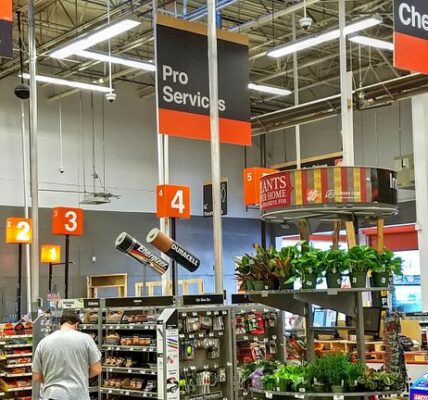A quarter-century into the new millennia, the banking and payments industries have witnessed a rapid pace of change.
Consumers and businesses demand faster, more efficient transaction methods, pushing financial institutions to prioritize real-time capabilities.
“We launched the RTP® network about seven years ago from scratch,” Jim Colassano, The Clearing House’s senior vice president of RTP Product Development, told PYMNTS in an interview. “It was the first new payment rail to be launched in the U.S. in almost 50 years.”
The rise of instant payments and real-time transaction capabilities “had a great year in 2024,” he said, adding the growth trajectory is expected to “increase, if not accelerate in 2025 and 2026. We are looking for more activity, more volume, more use cases. We see them expanding month after month.”
Tech-savvy end users expect payment systems to mirror the speed of digital interactions in other industries. Enterprise leaders are eyeing the potential for real-time payments to improve cash flow management, reduce payment cycles and enhance supplier relationships.
A development coming in February 2025 is the increase of the RTP network transaction limit to $10 million, enabling businesses to access money faster.
As the year ahead unfolds, the era of instant payments may not just meet expectations — it could redefine them.
Instant Payments as the New Standard
The growth in real-time payments reflects changing expectations.
“It might take organizations and individuals a little bit of time to originate their first transaction or to receive their first instant transaction, but once they do, they do not want to go back,” Colassano said.
Core real-time payments use cases are showing particularly strong momentum, he said.
“These are payroll applications, instant wage access for gig workers … continues to grow on a month-over-month basis,” he said. “Traditional payroll is starting to move from [biweekly or semimonthly] payroll cycles to more frequent payroll cycles.”
Taking an aggressive stance on fraud detection and prevention is crucial to scaling the adoption of faster payments, and Colassano said the ISO 20022 messaging standards play a key role in accelerating the capability of financial institutions to apply greater intelligence to payment activity in real time.
Still, he emphasized that while fraud in check payments has been accelerating, “to date we have not seen any significant amount of fraud on the RTP network. … The richer data that comes with instant payments allows banks to do more monitoring and tracking.”
Future of Real-Time Payments
Cross-border transactions have traditionally been plagued by delays, high costs and a lack of transparency. They represent a key opportunity where real-time payments can showcase their benefits.
TCH, in collaboration with EBA Clearing, successfully demonstrated a proof of concept for near-instant cross-border payments.
“We were able to send payments cross-border, have them settle within 30 seconds with finality and confirmation,” Colassano said.
However, scaling this innovation to a global level will require more than technological readiness. Colassano said full implementation is expected in the next few years as the industry establishes a business and regulatory framework to support widespread adoption.
Yet despite the promise of real-time payments and the demand for them, the technology landscape remains a hurdle for many businesses. Colassano pointed to challenges with enterprise resource planning (ERP) systems and other legacy infrastructure components. These systems often lack the capabilities to originate, receive or reconcile instant payments effectively.
Still, optimism prevails.
“As we see the customer demand increase, you’re going to very, very quickly see the technology companies get on board and make the changes,” Colassano said, forecasting a rapid transformation in response to market forces.
Customer demand will drive innovation, and businesses that invest in modernizing their payment systems will be well-positioned to reap the benefits of faster, more efficient transactions, he said.





